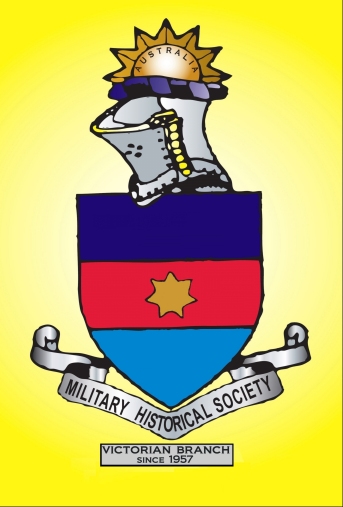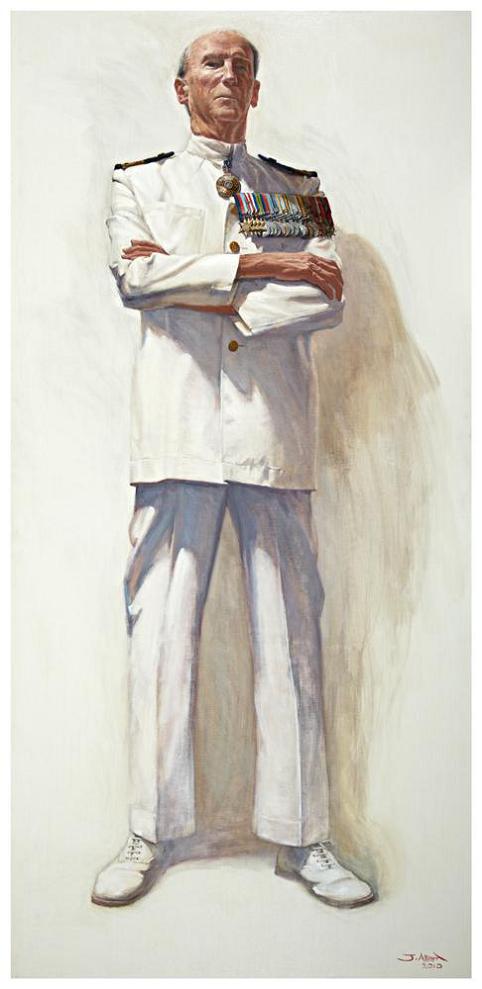On May 7, 1942, HMAS Australia, part of Task Force 44, the Australian cruiser squadron that supported the two US navy carrier-led task forces, came under constant air attack from Japanese aircraft. Skilful handling by her captain enabled her to avoid both bombs and torpedoes, and five enemy aircraft were shot down by the cruiser squadron's guns. From his action station in the communications room below the waterline Smyth had a "front-row seat" for the disturbing detonations of the Japanese near-misses that straddled his ship.
Smyth was subsequently posted to the UK and served in Coastal Forces in the Channel. He was next appointed to the gunnery department of the light cruiser Danae, which took part in Operation Neptune, the naval operation supporting the D-Day landings on June 6, 1944. From his position in the cruiser's mast, from where he directed her fire on German strongpoints on Sword Beach, he had a grandstand view of the action.
At the end of the war he was back in the Far East where, in the Australian cruiser Norman, at sea east of Japan on August 6, 1945, he was called on deck by a fellow officer to see a "spectacular sunset". He immediately committed it to a poem describing the sun's rays falling on "towering columns all unreal yet huge/ Which waved and shuddered in grotesque delight", not knowing that he was describing the afterglow of the dropping of the atomic bomb on Hiroshima.
In the postwar period Smyth was ADC to the Australian Governor-General Sir William McKell in 1948, and when the Korean War broke out in 1950 was in the Australian destroyer Bataan in which he saw action off the coast of the peninsula as part of the UN blockading force, in a number of bombardments that were hotly contested by North Korean shore batteries. He was back on active service again for his final seagoing appointment, that of HMAS Supply, during the Vietnam War from 1968 to 1970. He retired from the RAN in 1978 as Naval Officer in Charge, Victoria, in 1978. He was also ADC to the Queen, 1975-78.
In retirement Smyth became a prolific artist, publishing 12 books of his paintings on Australian themes between 1979 and 2001. From 1982 to 1994 he was on the board of David Syme & Co, publisher of The Age, Melbourne.
Smyth was appointed an Officer of the Order of Australia (AO) in 1997. In 2004 he was appointed to the French Légion d'honneur by President Jacques Chirac.
He is survived by his wife, Jenny, whom he married in 1952, and by three daughters and a son.
Commodore Dacre Smyth, AO, Légion d'Honneur, Royal Australian Navy war veteran, was born on May 5, 1923. He died on December 3, 2008, aged 85


